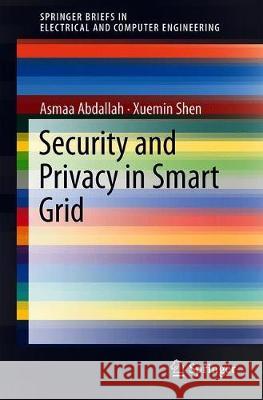Security and Privacy in Smart Grid » książka
topmenu
Security and Privacy in Smart Grid
ISBN-13: 9783319936765 / Angielski / Miękka / 2018 / 126 str.
Kategorie:
Kategorie BISAC:
Wydawca:
Springer
Seria wydawnicza:
Język:
Angielski
ISBN-13:
9783319936765
Rok wydania:
2018
Wydanie:
2018
Ilość stron:
126
Waga:
0.21 kg
Wymiary:
23.39 x 15.6 x 0.76
Oprawa:
Miękka
Wolumenów:
01
Dodatkowe informacje:
Wydanie ilustrowane











